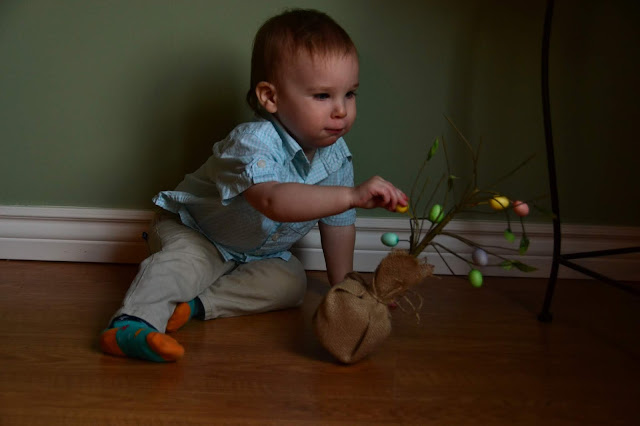Top 5 Reasons to Read Wordless Picture Books with Kids
Wordless picture books (WPBs) provide an opportunity for an adult and child to spend time really digging into a story together. The back and forth is a very different dynamic than a typical story time with the adult reading to a child.
Toddlers, preschoolers and emergent readers will feel successful after reading a WPB. They will enjoy the hit of significance they feel in being the one to read the story to the adult.
Over time kids develop the ability to tell a story with a beginning, middle, and end instead of each page being a story in it's entirety.
2. Teaches kids to guess based on the picture.
This is an important skill to have when learning to read. Context clues are how kids guess what text is based on pictures. If they've already developed this skill it will make beginning to read a little easier.
Children can also talk about predicting what happens on the next page. Predictions are an important building block. Coming up with multiple scenarios will help bolster kids own creativity when writing their own stories. We like coming up with silly ideas!
3. Focus on details and retelling.
Since WPBs have no words there is no signal to turn the page. Kids should take more time studying the pictures to gain greater insight into the story based on the details in the illustration.
Kids are more likely to remember the story they put to the pictures and you can ask them to retell the story at a later time (like the next meal). Getting kids into the habit of reading books more than once or going back to previous pages and finding key details they missed the first time around transfers well to text when they begin reading.
4. Children come up with their own answers to deeper questions.
Such as:
- What is the character feeling now? How do you know?
- Why did they make that choice?
- What do you think will happen next? Why?
- If you were that character, what would you be thinking?
- If they were speaking, what would they say now?
5. Help expand the imagination
Just to be clear while WPBs help with pre-reading skills, they're not just for young children. There are many great illustrated wordless picture books that appeal to older children as well. They're a great starting point for art or writing conversations. Even talking about the process of how to come up with a WPB idea would be interesting!
For more detailed uses of wordless pictures including examples of story prompts, check out smartspeechtherapy.com's article.
For my post with a list of categorized WPBs, click here.
Just to be clear while WPBs help with pre-reading skills, they're not just for young children. There are many great illustrated wordless picture books that appeal to older children as well. They're a great starting point for art or writing conversations. Even talking about the process of how to come up with a WPB idea would be interesting!
For more detailed uses of wordless pictures including examples of story prompts, check out smartspeechtherapy.com's article.
For my post with a list of categorized WPBs, click here.




Comments
Post a Comment